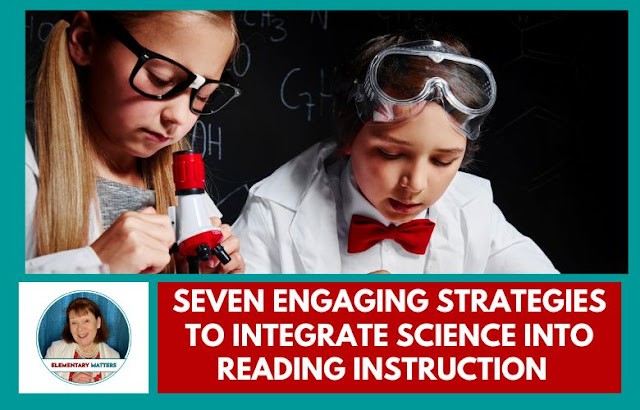
Finding time to teach every subject in an already packed elementary school schedule can be challenging. Integrating Science into reading can be easy and fun! Here are some ideas.
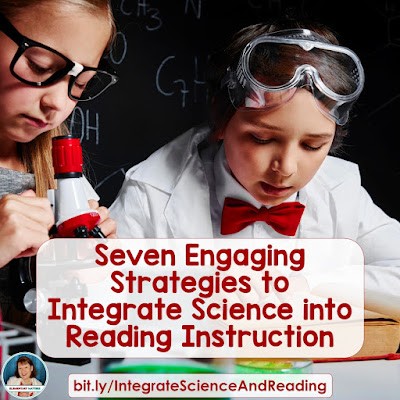
By combining these subjects, you’re saving time and giving students a chance to explore science topics while building their literacy skills. Here are five engaging ideas to seamlessly integrate science into your reading instruction.
1. Integrating Science into Reading with Science-Themed Fiction and Nonfiction Books
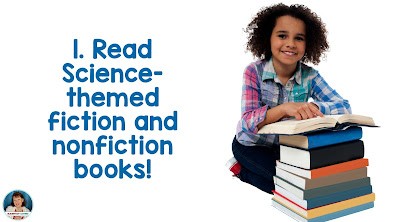
Incorporating science-themed books into your classroom library, read-alouds, or guided reading lessons is an easy way to integrate science into literacy. Fiction books like The Magic School Bus series combine storytelling with fascinating science concepts, while nonfiction readers provide real-world science content. My favorite nonfiction author for my age group is Gail Gibbons. Her books interest the children, and she has plenty of great topics! I like to use these for read-aloud time and model reading comprehension strategies like identifying the main idea, asking questions, or summarizing.
Find more of Gail Gibbons’ books HERE. (This is an affiliate link to Amazon.)
2. Practice Reading Skills through Science Experiments!
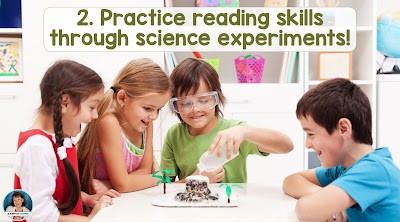
Hands-on science experiments are always a hit in the classroom and are a great way to include reading and writing! After completing an experiment, have students write a step-by-step procedural text explaining what they did and observed. Alternatively, ask them to write a reflection about the results or make predictions for a follow-up experiment.
These monthly collections have plenty of hands-on experiments that the students LOVE! Each month is available separately, or grab the bundle for the whole year!
Science Experiments and Hands-on Social Studies Activities for the Whole Year
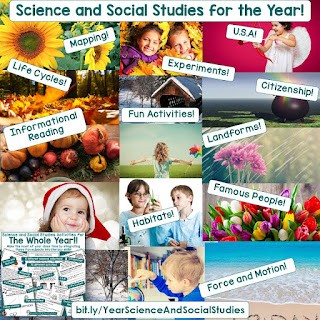
3. Use Digital Tools for Integrating Science into Reading Practice
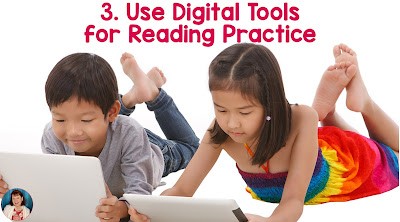
I’m a big fan of the Boom Learning platform, since it is easy to use, and teachers can easily see how the children are performing. Plus, the students love it! These digital “decks” can be used during centers, independent work, and even for homework. Each deck can be used over and over, with children gaining more knowledge each time!
See my Boom Learning store HERE
4. Incorporate Reading with Science Passages
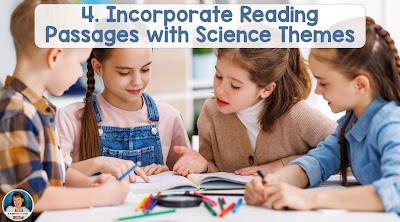
Reading passages with science topics are perfect for exploring short, informational texts. Choose a passage on a topic you’re covering in science, such as the life cycle of a butterfly or the water cycle. Have students read the text multiple times, focusing on a different skill like finding key details, analyzing text structure, or understanding domain-specific vocabulary.
The (free) resource below is one of many science and social studies topics in the same format: informational text (at 3 different reading levels), text questions, sketching questions, and related brain breaks. These sets are perfect to use as instruction for reading comprehension. (Plus, they’re perfect for sub plans!)
Germs: Reading Comprehension for Active Learners.
5. Connect STEM Projects with Literature
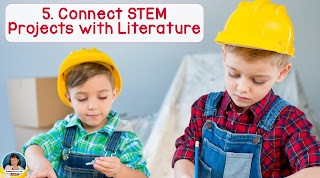
STEM (Science, Technology, Engineering, and Math) activities are an excellent way to integrate science with reading. Start with a storybook or informational text that ties into a STEM challenge. For example, after reading Rosie Revere, Engineer by Andrea Beaty challenges students to design and build their own contraptions. (Amazon affiliate link)
6. Use Reader’s Theater Scripts for Integrating Science into Reading
Reader’s Theater is an excellent way for children to become part of what they’re learning, including science topics! As they read for a character, they become very aware of what that character feels and understands. We know that children are very good at pretending, so this is a perfect way to engage the children in this learning situation. When children act out a situation, they better understand and remember it.
Check out some Reader’s Theater scripts HERE.
7. Integrate the Arts into Learning
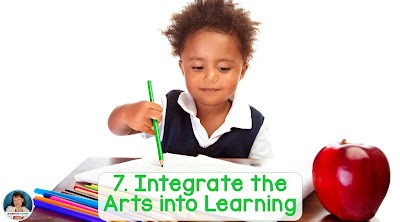
Illustrating informational text helps students break down complex ideas and make sense of new concepts. This works particularly well with Science topics. Children who draw diagrams, charts, or key details from nonfiction reading organize and visualize information meaningfully. This process strengthens comprehension by encouraging critical thinking and retention of facts. By connecting visuals to text, students develop a deeper understanding of the material and improve their ability to explain what they’ve learned.
Try this resource for illustrating figurative language:
Figurative Language for Illustration
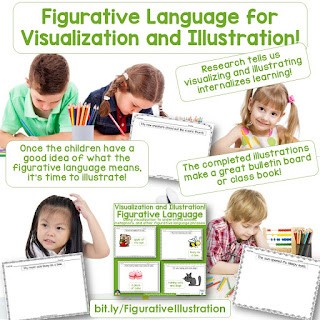
Integrating science into reading instruction can make learning more engaging and meaningful for your students.
You may also like:
- Ten Activities to Keep Them Engaged
- Ten Tips for Helping Learning Stick
- Twelve Reasons to Use Boom Cards
- How to Squeeze in Science and Social Studies
- Why Drama Matters: 20 Ways Plays Benefit Elementary Students
Interested in Checking Out Our Other Posts?
You can visit the other posts in our blog hop by opening the Pinterest widget below.
Be sure to enter our giveaway before you hop to the next stop!
a Rafflecopter giveawayCheck out the other posts in our link up with the links below:
Thank you for inviting me to share a post with your readers, Kim!

You are very welcome Sally! I learned so much from reading this blog post!
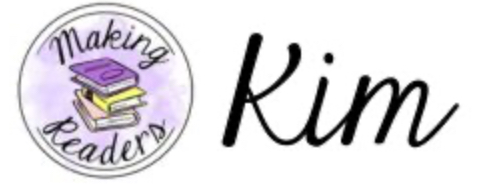
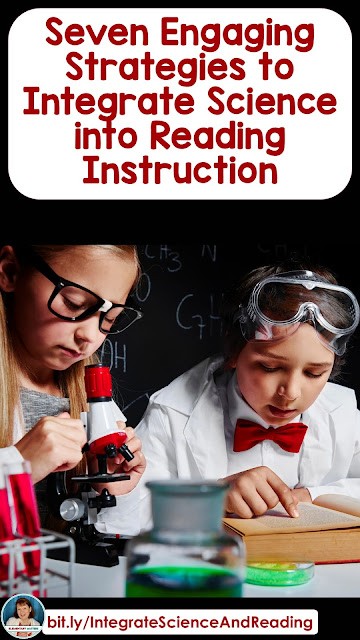
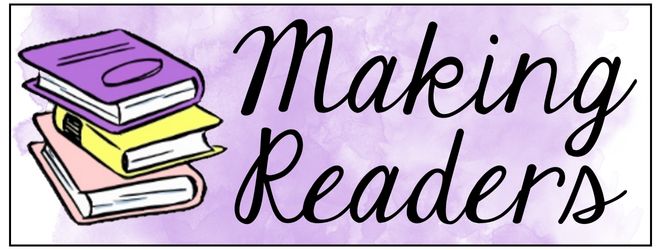





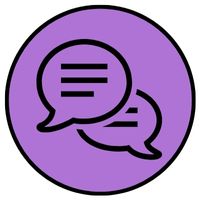
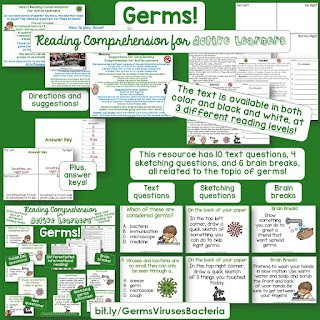
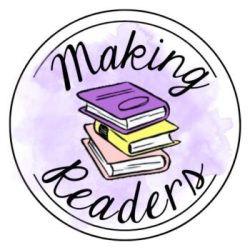











Thank you for these great ideas on integrating science in our reading instruction!